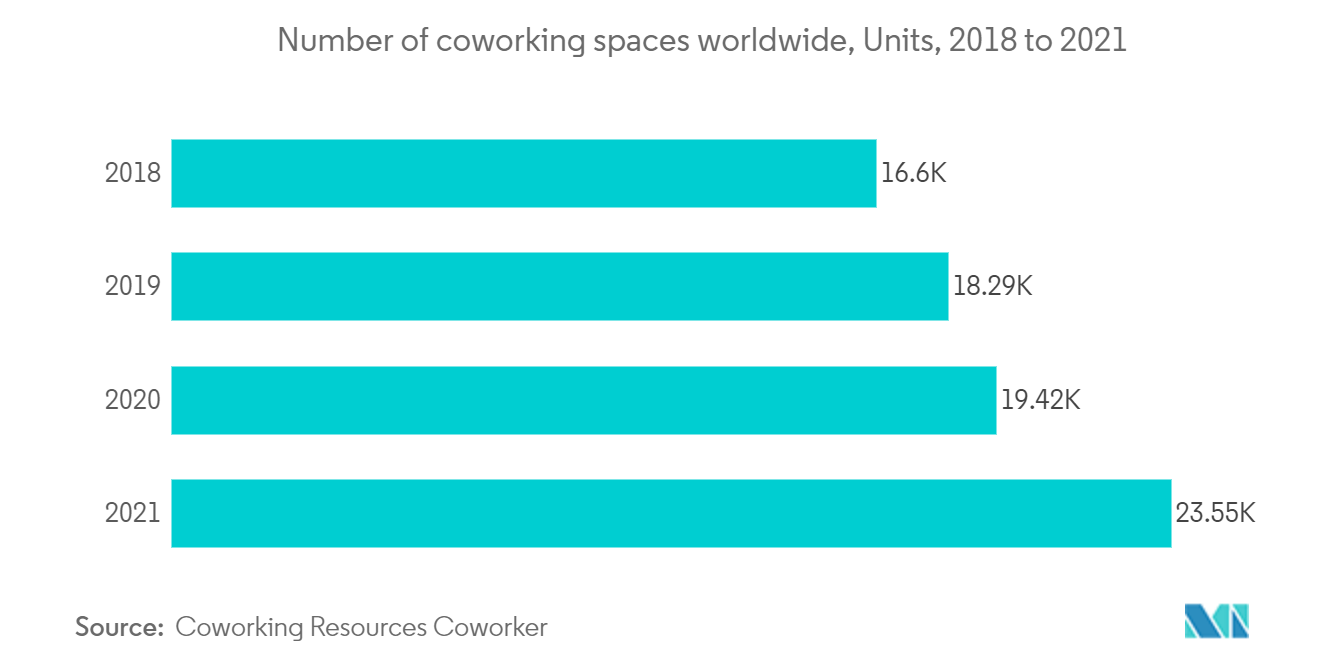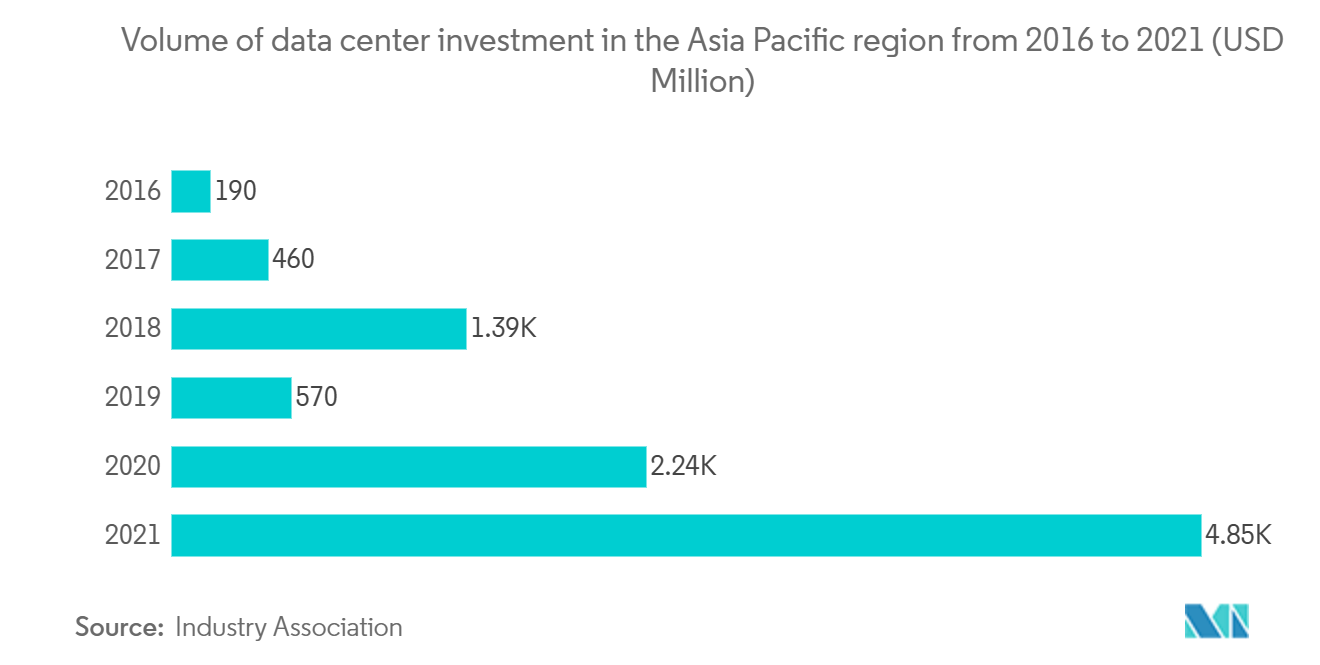Market Trends of Asia Pacific Office Real Estate Industry
This section covers the major market trends shaping the Asia Pacific Office Real Estate Market according to our research experts:
Rise in Demand for Coworking Spaces
The demand for office space in the nation is driven by reasons such as flexibility, comfort, and convenience. The majority of businesses in a variety of industries, including IT, manufacturing, BFSI, startups, and even boutique businesses, are looking for office space to accommodate their employees. Additionally, a lot of businesses intend to expand to new areas, open remote or satellite offices, or both, which will add to the demand for these spaces. Today's high-end, well-organized, modern offices are outfitted with all the amenities needed to deliver an excellent working environment while taking care of the health and well-being aspects. For efficient business operations and great profits in the future, the decision-makers are investing in them.
As businesses recover from the COVID-19 impact, which had previously led to stringent containment measures, including social seclusion, remote working, and the cessation of commercial activity, they are resuming operations and adjusting to the new normal.

Increasing Demand for Data Centers Driving the Market
One of the world's fastest-growing data center regions is the Asia-Pacific. The research predicted that from 2018 to 2024, the colocation market in Asia-Pacific would expand at a compound annual growth rate of 12.2%. Global cloud providers, social media platforms, media content and video streaming, e-commerce platforms, and banking account for a large portion of the demand. There are two major types of data center marketplaces in the Asia-Pacific region: those that cater to local demand, like those in Hong Kong and Singapore, and those that cater to domestic demand, like those in Tokyo, Shanghai, and Australia. Intriguing Tier II markets include Indonesia and India, which are currently experiencing very little data center capacity despite experiencing rapid population development.
Even though there are still plenty of server CPUs available, recent supply chain issues made it more difficult to build data centers as the sector battled with ridiculously high construction material costs. As a result, it will probably take years for data center development to catch up to pre-pandemic levels, which will still make it challenging to meet current demand.


